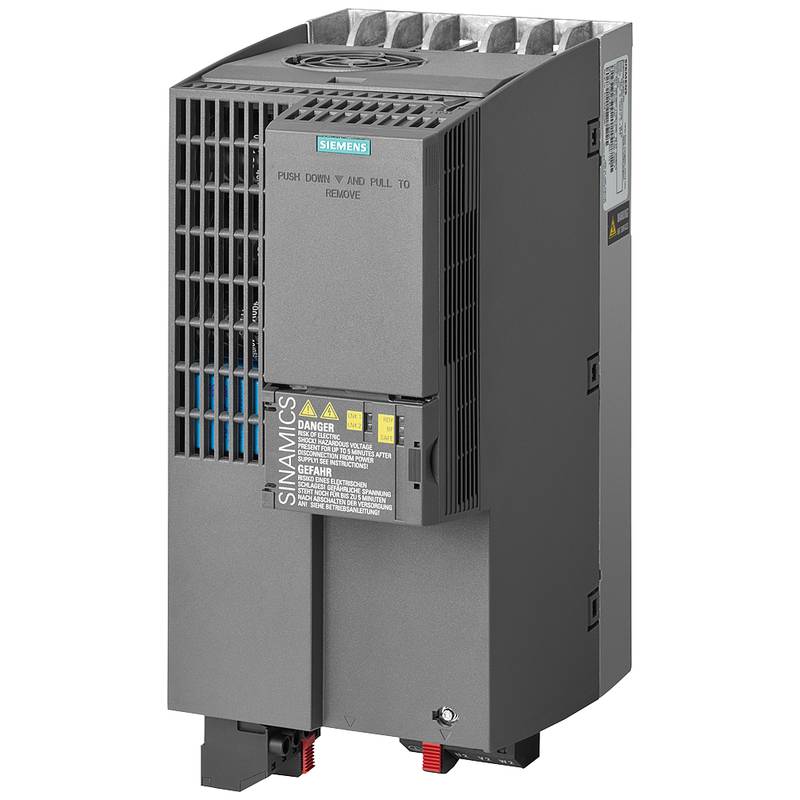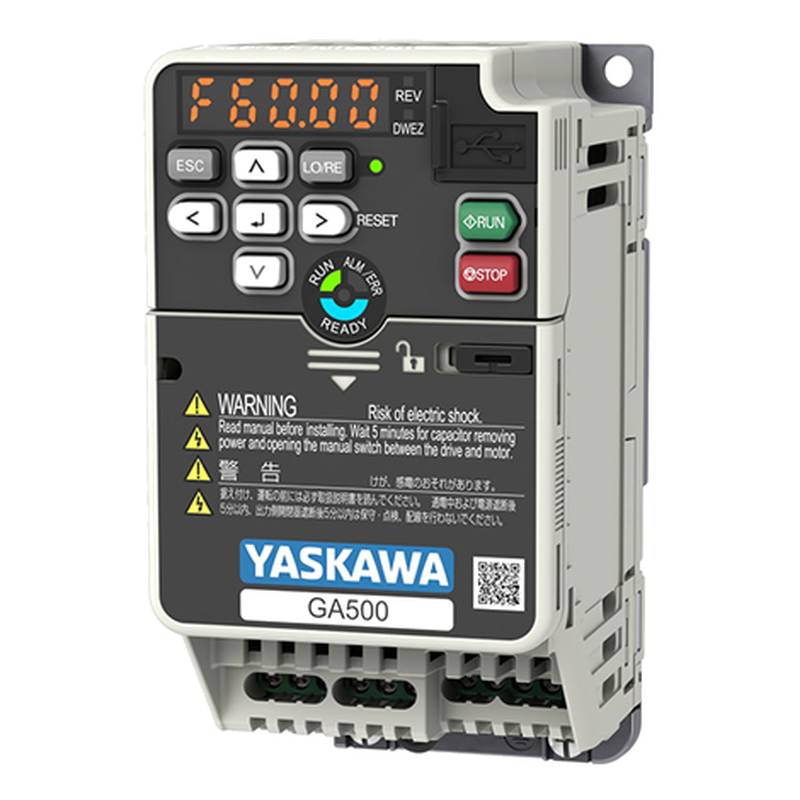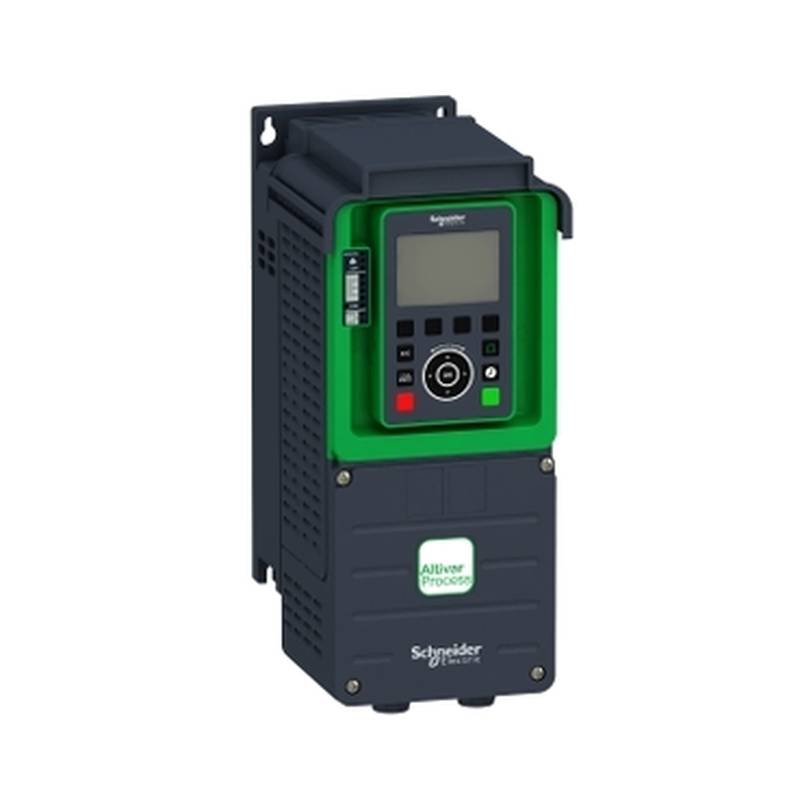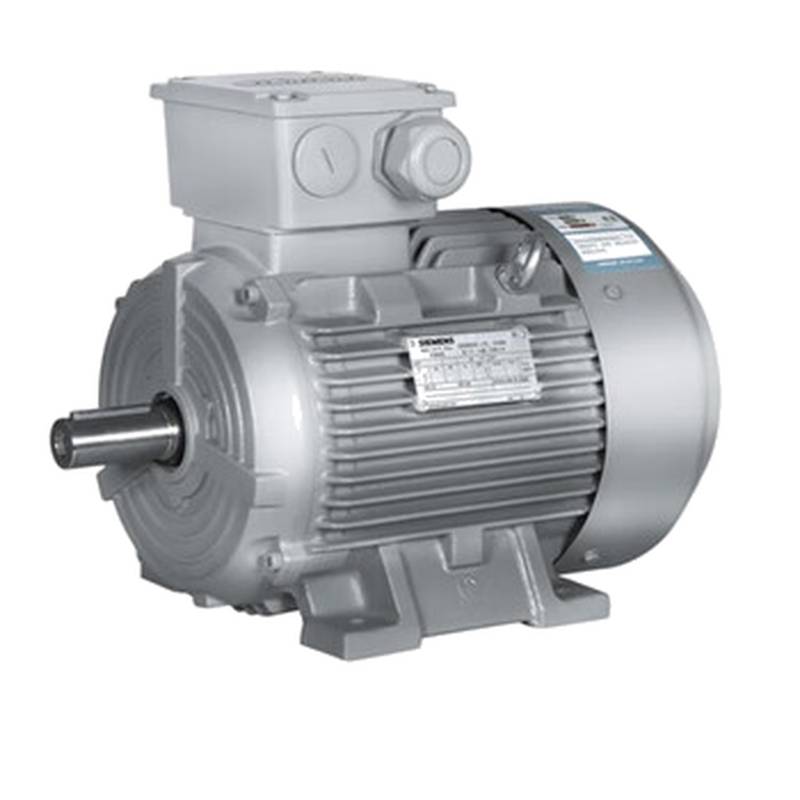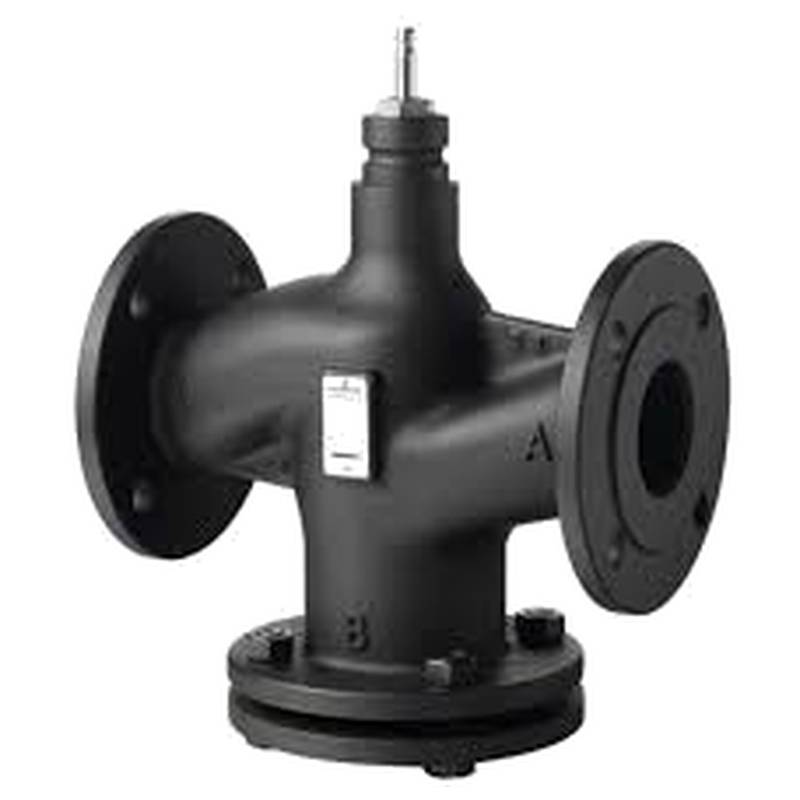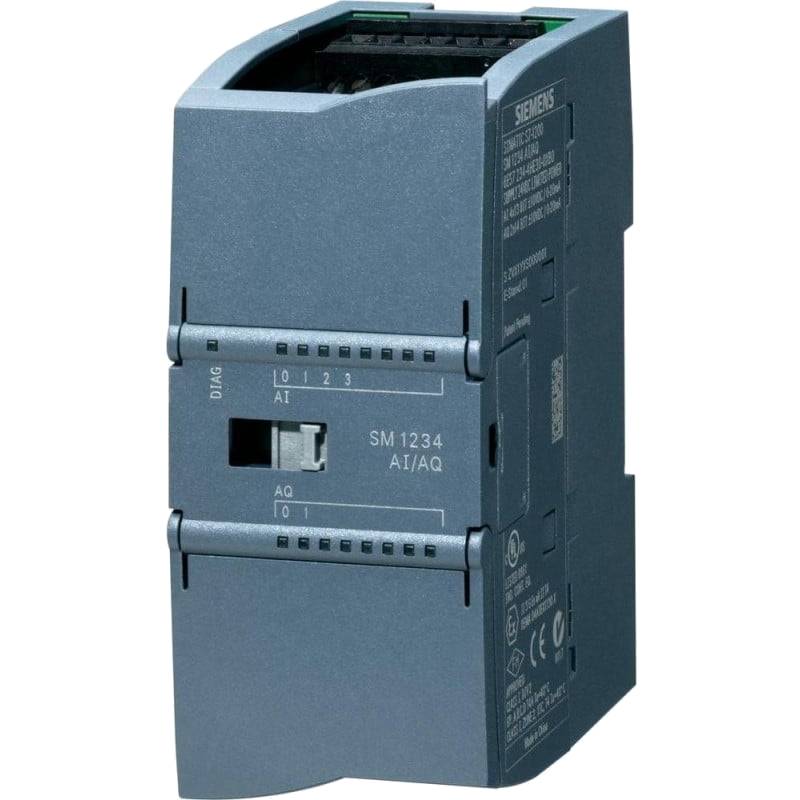
The Siemens 5SY6320-7CC Miniature Air Circuit Breaker (MCB) is a robust three-pole, 20-ampere protective device engineered for demanding industrial and commercial electrical installations. This MCB offers superior circuit protection against overcurrents and short circuits, ensuring operational safety and equipment longevity. Its key advantages lie in its reliable tripping characteristics, compact design, and ease of integration into standard distribution boards. The Siemens 5SY6320-7CC is a critical component for safeguarding sensitive machinery and electrical infrastructure, providing peace of mind through its dependable performance.
Product Specifications
| Feature | Specification |
| :---------------- | :--------------------------------- |
| Product Type | Miniature Circuit Breaker (MCB) |
| Manufacturer | Siemens |
| Series | 5SY6 |
| Poles | 3P (Three-Pole) |
| Rated Current | 20A |
| Tripping Curve | C |
| Breaking Capacity | 6 kA |
| Voltage Rating | 400V AC |
| Frequency | 50/60 Hz |
| Terminal Type | Screw Terminal |
| Mounting Type | DIN Rail (35mm) |
| Ambient Temp. | -25°C to +45°C |
| Protection Degree | IP20 |
Core Features & Market Positioning
The Siemens 5SY6320-7CC distinguishes itself in the competitive MCB market through its adherence to stringent international safety standards, including IEC 60898-1 and EN 60898-1. This commitment ensures reliable performance in diverse environments, a critical factor for industrial applications where downtime is costly. The C-curve tripping characteristic is specifically designed to handle moderate inrush currents common in motor loads and inductive circuits without nuisance tripping, while still providing prompt protection against short circuits. Its robust construction, typical of Siemens industrial control gear, signifies a long operational lifespan and resistance to mechanical and electrical stress, positioning it as a premium, dependable choice for plant engineers and system integrators.
Key Application Scenarios
This 20A, 3-pole MCB finds extensive application in the protection of power circuits for industrial machinery, control panels, and commercial electrical distribution systems. It is ideally suited for safeguarding three-phase loads such as small to medium-sized motors, pumps, fans, and conveyor systems where balanced load protection is essential. In building services, the Siemens 5SY6320-7CC is frequently deployed in main distribution boards and sub-distribution panels to protect circuits supplying HVAC equipment, lighting arrays, and socket outlets. Its 6kA breaking capacity makes it suitable for installations where the prospective short-circuit current does not exceed this limit, commonly found in many standard industrial and commercial settings.
Practical System Integration Guidance
Integrating the Siemens 5SY6320-7CC into existing electrical systems is straightforward due to its standard DIN rail mounting and familiar terminal configurations. The three-pole design ensures simultaneous disconnection of all phases, crucial for preventing phase imbalance and ensuring safety during maintenance. When wiring, it is imperative to connect the incoming power supply to the top terminals and the outgoing load to the bottom terminals for proper operation and safety. Ensure that all connections are securely tightened to the specified torque to prevent overheating and ensure reliable electrical contact. For systems requiring higher fault current ratings, alternative Siemens MCB series might be necessary, but for standard applications, the 5SY6 series provides an excellent balance of performance and cost-effectiveness.
Operation and Risk Mitigation
The primary function of the Siemens 5SY6320-7CC is to protect electrical circuits from damage caused by overcurrents, which can result from overloads or short circuits. An overload occurs when a circuit draws more current than it is designed for over an extended period, causing overheating of conductors and connected equipment. A short circuit is a sudden, very high surge of current due to a fault in the wiring or equipment. The MCB's thermal element responds to sustained overloads by bending a bimetallic strip, which eventually trips the mechanism, while the magnetic element reacts instantaneously to high fault currents, providing rapid disconnection. Proper installation, adherence to wiring codes, and regular inspection of connections are critical risk mitigation strategies. Nuisance tripping, though minimized by the C-curve, can sometimes occur if the inrush current of the connected load consistently exceeds the breaker's tripping threshold.
Scalability & Long-Term Value
While the Siemens 5SY6320-7CC is a standalone protective device, its value extends through Siemens' comprehensive range of industrial electrical components, facilitating scalable system design. It integrates seamlessly with other Siemens products like contactors, overload relays, and power distribution units, enabling the construction of sophisticated control and power management systems. For facilities looking towards future digitalization and the Industrial Internet of Things (IIoT), while this specific MCB model may not have integrated communication capabilities, its reliable performance in the field provides a stable foundation. Future upgrades can involve replacing sections of the distribution system with intelligent circuit breakers that offer monitoring and communication features, leveraging the existing robust infrastructure built around standard components like the 5SY6 series.
FAQs
What is the purpose of a Siemens 5SY6320-7CC MCB?
This MCB protects electrical circuits from overloads and short circuits. It ensures safety and prevents damage to equipment. Its three-pole design offers comprehensive protection.
The device acts as an automatic safety switch in electrical installations. It interrupts the flow of current when fault conditions are detected. This prevents overheating, fires, and damage to connected devices.
The Siemens 5SY6320-7CC is essential for maintaining operational integrity. It safeguards sensitive industrial and commercial electrical systems.
How do I install the Siemens 5SY6320-7CC?
Mount the MCB on a standard 35mm DIN rail. Connect incoming power to the top terminals and outgoing load to the bottom terminals. Ensure all connections are secure and torqued correctly.
Installation requires basic electrical knowledge and adherence to local safety codes. Always de-energize the circuit before starting any work. Double-check wiring for correct phase connections.
Proper installation is crucial for reliable operation and safety. Incorrect wiring can lead to malfunction, equipment damage, or personal injury.
What does the 'C' in 5SY6320-7CC signify?
The 'C' indicates the tripping curve, designed for inductive loads. It allows for moderate inrush currents without premature tripping. This is ideal for motors and transformers.
Type C breakers trip between 5 and 10 times the rated current. This characteristic balances protection against overloads and short circuits with the needs of inductive equipment.
This makes the Siemens 5SY6320-7CC suitable for applications where starting currents are higher than resistive loads. It provides effective protection while minimizing nuisance trips.
Can the Siemens 5SY6320-7CC be used for single-phase applications?
No, this is a three-pole (3P) breaker. It is designed for three-phase systems. Using it on single-phase circuits is not recommended and may be unsafe.
A three-pole breaker is intended to disconnect all three phases simultaneously. This is essential for balanced three-phase power systems.
For single-phase applications, you would typically use a one-pole or two-pole MCB from the appropriate Siemens series. Ensure the pole configuration matches the power supply.
What is the breaking capacity of the Siemens 5SY6320-7CC?
The breaking capacity is 6 kA (kiloamperes). This means it can safely interrupt fault currents up to 6000 amperes. This rating is critical for system safety.
This specification indicates the maximum short-circuit current the MCB can safely interrupt without being destroyed. It must be selected based on the potential fault current at the installation point.
Ensuring the breaking capacity is adequate for the installation is a key safety requirement. Exceeding this limit can lead to catastrophic failure of the device.
What is the rated current of this MCB?
The rated current is 20 amperes (20A). This signifies the maximum continuous current the breaker can safely handle under normal operating conditions. It is crucial for protecting cables and connected equipment.
The breaker will trip if the current consistently exceeds this 20A rating due to an overload. This prevents overheating of conductors and potential fire hazards.
Selecting the correct rated current is vital. It should be based on the load's continuous current draw and the protective conductor's ampacity.
Is the Siemens 5SY6320-7CC compatible with other brands of distribution boards?
Generally, yes, if the distribution board uses a standard 35mm DIN rail mounting system. However, using components from the same manufacturer often ensures optimal fit and performance.
While DIN rail dimensions are standardized, minor variations can sometimes exist. It's always advisable to verify compatibility, especially in critical installations.
For guaranteed performance and to avoid potential issues, using Siemens distribution boards and accessories with this MCB is the most recommended approach.
What are the environmental operating limits for this MCB?
The Siemens 5SY6320-7CC operates within an ambient temperature range of -25°C to +45°C. It is also rated with an IP20 protection degree.
The temperature range ensures reliable tripping characteristics under various climate conditions. Operating outside this range can affect performance and lifespan.
IP20 protection means it is protected against solid objects larger than 12.5mm but is not protected against water ingress. It is intended for dry indoor environments.
How do I reset the Siemens 5SY6320-7CC after it trips?
After a trip, identify and rectify the cause of the overcurrent (overload or short circuit). Then, simply flip the operating lever back to the 'ON' position.
Ensure the fault condition has been completely resolved before attempting to reset. Repeatedly resetting without addressing the root cause can damage the breaker.
If the breaker trips immediately upon resetting, there may be a persistent fault or the breaker itself might be damaged and require replacement.
What maintenance is required for the Siemens 5SY6320-7CC?
Minimal routine maintenance is required. Periodic visual inspections for damage or loose connections are recommended. Ensure the operating lever moves freely.
Over time, electrical contacts can degrade. While the 5SY6 series is robust, extremely harsh environments or very frequent switching cycles might necessitate more thorough checks.
In industrial settings, it's good practice to include MCBs in regular electrical system audits. This proactive approach helps prevent unexpected failures and ensures continued safety.
















